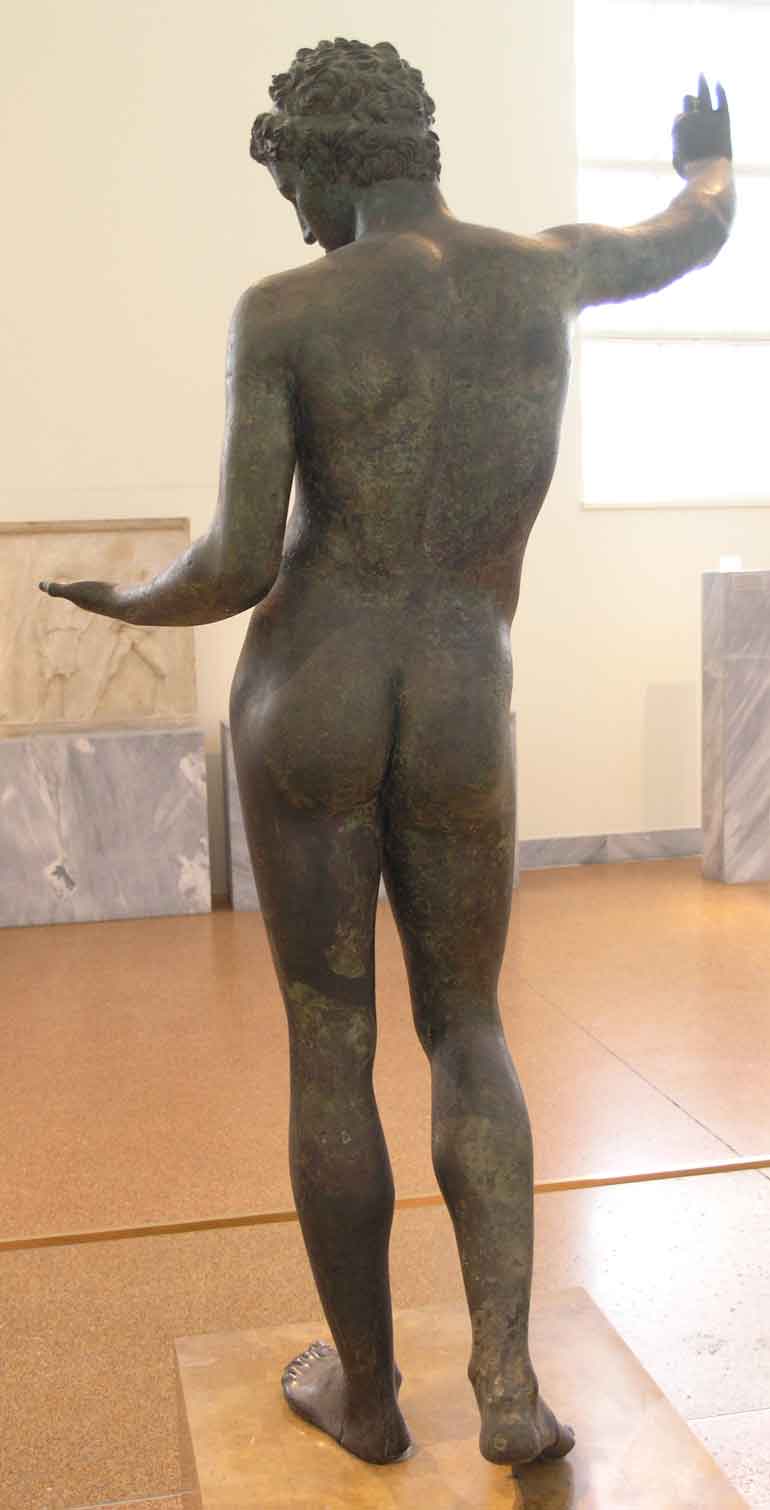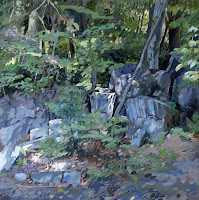 |
| These are a few of my favorite things… |
My media advisor suggested I do an occasional Q&A column. Today I was texted this great question, so no time like the present:
MM writes: I have an opportunity to show in NYC in June. My big (5’X4’) paintings have been taken off their stretchers and rolled. I am planning on making some frames and mounting the paintings on PVA on Masonite board. I’m not sure how to varnish them. They’ve been dry for months, but appear duller than when first executed.
Dear MM: First off, I question your strategy of mounting the canvases on Masonite. It’s terrifically heavy, and you are working with large canvases. I recommend you re-stretch the canvases.
As you’re framing them immediately, you can get away with lighter stretchers than you would typically use, so long as the stretchers are firmly secured to the frame itself. (You can screw them together from the inside; just make sure you don’t trap the canvas or break through the outer wall of the frame.)
I would not varnish them until they are secure because they are already stiff from having been rolled.
Oil paints don’t really dry in the sense that, say, your laundry or your hair does. The solvent—turpentine or mineral spirits—evaporates in a matter of hours, but the oil and pigments react with oxygen over time to form a hard surface. This process is called oxidation, and while most of it happens soon after you lay down your brush, the process never really stops.
 |
| A varnishing orgy for one of my students. |
What you are seeing as “dullness” is the result of that oxidation. It is efflorescence, sometimes called blooming. You can avoid this to some degree by strictly following the “fat over lean” methods of traditional oil painting, but all paintings benefit from judicious varnishing.
Because the process of oxidation is slow and ongoing, you should wait several months to varnish. The idea is to put on a removable layer so that conservators can keep the layers separate when the world finally recognizes your genius.
I generally wipe down my paintings with
Winsor & Newton’s Artists’ Picture Cleaner before applying a coat of varnish. However, you must watch carefully to be certain that your paint isn’t lifting while you’re cleaning. And I have a strong preference for matte varnish. The best of these are a combination of beeswax and varnish—use any reputable brand that you want. Apply a thin layer with a
broad flat brush. Check it after it dries to make sure that the varnish isn’t “sinking,” and if it appears to have done so, apply another thin layer.
Never use your varnish as a medium, or vice versa. Varnishes are designed to be removed with solvent; this lead to problems like
this. And just spend the money to buy a pre-made varnish. (If you doubt the wisdom of that, visit the
Albright-Knox and see how badly some of those mid-century masterpieces have aged.)
Having said all that, I happily imagine that some conservator will write to tell me I’m doing it all wrong. Which is great; that is how I have learned everything I know.
Of course there’s still time to join us for a fantastic time in mid-Coast Maine this summer, check here for more information. There’s still room in my workshops.














